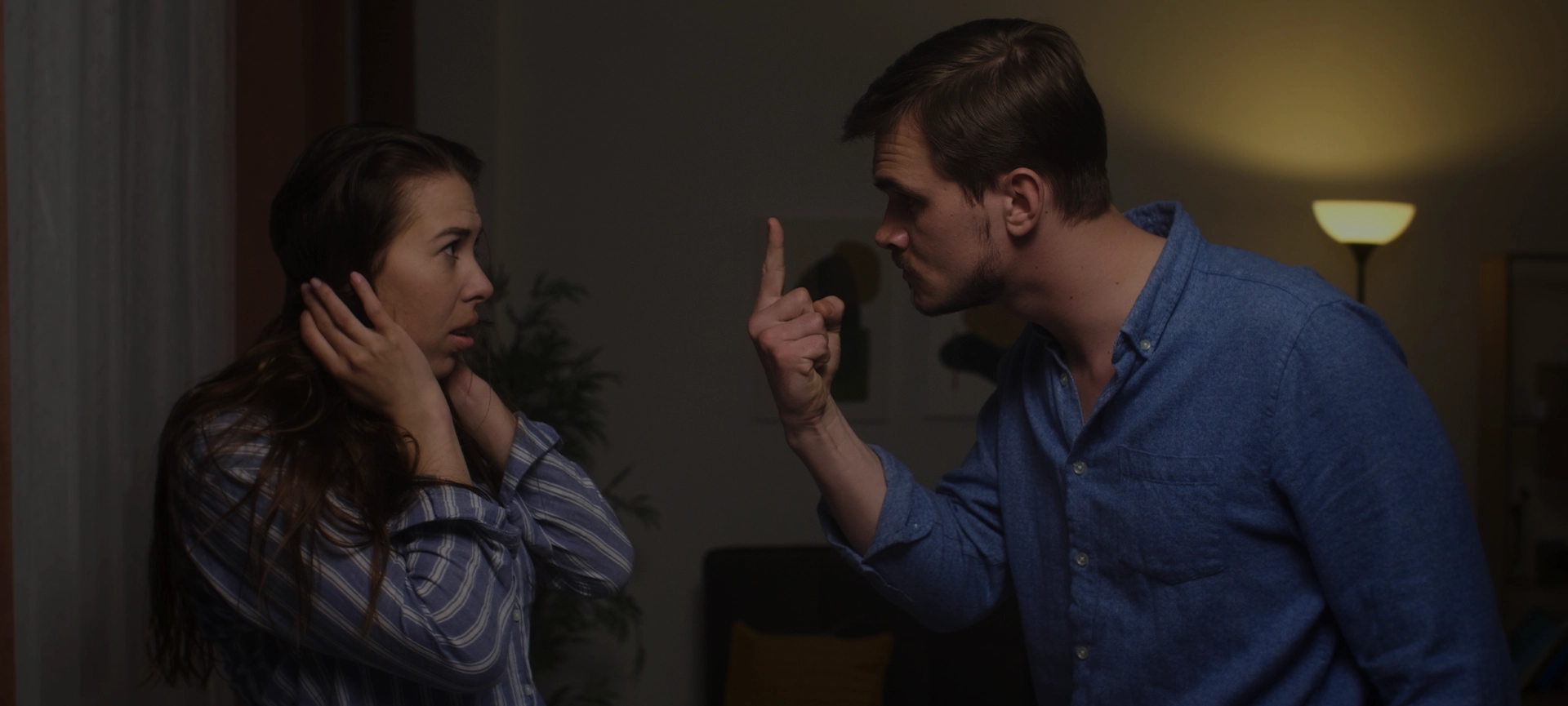The presumption of innocence shouldn’t be banal cliché. But that is what it is becoming. In Canada the presumption of innocence is under attack and the right to reasonable bail is the current battleground. Of the tens of thousands of inmates in Canadian jails almost 60% have yet to be convicted. These are real people – people with homes and families, people with serious medical or mental health issues, people who often could otherwise still form a part of our society. Many of these people should not be in custody. All of these people are presumed innocent.
The presumption of innocence is so important that not only is it found at the beginning of the Criminal Code of Canada, but it is also part of the supreme law of Canada: The Charter of Rights and Freedoms. As part of the right to be presumed innocent until proven guilty, the Charter guarantees reasonable bail. Shockingly, the current bail system is anything but reasonable
At trial, if the government wants to take away your freedom, it needs to prove that you did something wrong beyond anyone’s ability to reasonably doubt it. This is a high burden – but the Crown should have a heavy burden when liberty is at stake.
But bail court isn’t trial court. You may think that before an accused is found guilty it would be harder to lock them up – you would be wrong. At a bail hearing there are few rules to protect an accused – everything about a person’s character, prior calls to the police, rumours, and even unfounded allegations can be considered.
All to often an unrepresented accused can find themselves detailed in the blink of an eye. Surviving bail court requires a command of the law and tactical skills that few unrepresented accused possess.
“At the heart of a free and democratic society is the liberty of its subjects. Liberty lost is never regained . . . Therefore, where the potential exists for the loss of freedom for even one day, we, as a free and democratic society, must place the highest emphasis on ensuring that our system of justice minimizes the chances of an unwarranted loss of liberty.”
The process of bail is designed to strike a balance between the presumption of innocence and respect for the justice system.
Historically, the only consideration for bail was whether a person charged with a crime would show up for court. This is the first, or primary ground for bail: whether someone will attend court.
In the early 1970s, the law of bail was reformed, adding a second consideration for any bail hearing. If the court determines that the person charged poses a real risk of committing further crimes, of interfering with witnesses, or endangering the public, then the court can order that person be held in jail until they have a trial. This is the secondary ground for bail: whether it is more likely than not that someone will get into trouble before they have their day in court.
In the late 1990s a new ground for detention was introduced, the prosecutor can ask the court to keep a person in jail for reasons that fall under a ‘catch all’ provision. A court can order that a person be kept in jail if it seems it is necessary to maintain public confidence in the justice system. The court is required to consider a variety of factors: does the the Crown have a strong case; is the charge serious, will a long jail sentence be imposed.
This third, ground can be characterized as the “you’re probably going down anyway” section. Up to now, this last catch-all ground was rarely used and reserved for the most serious of cases or as the Ontario Superior Court ruled:
“Only when there is the rare case where there is a brutal and apparently inexplicable crime, the Crown has an overwhelming case, and there is a demonstrable and understandable public response”
But last week everything changed.
The Supreme Court of Canada in R. v. St. Cloud determined that the third “catch-all” ground should be applied to all bail cases – not just brutal or shocking offences. This has the potential to lock up individuals who are presumed innocent and don’t pose any danger to the community.
A bail hearing is a summary hearing – it is usually held a very short time after a person is charged. The evidence almost always consists of summaries prepared by the Crown or police. The accused rarely has full disclosure. The imbalance of power between the individual and the state is never higher.
Now – thanks to the Supreme Court – a Justice of the Peace (many of whom are not lawyers) will have to estimate the strength of the Crown’s case and figure out what evidence might be allowed at trial. They must also understand what defences might be available.
What about the length of sentence? The Justice of the Peace will have to figure out if a long sentence is warranted. The list of reasons to keep someone in jail goes on:
“Next, the justice must determine the objective gravity of the offence in comparison with the other offences in the Criminal Code. This is assessed on the basis of the maximum sentence — and the minimum sentence, if any — provided for in the Criminal Code for the offence.
The justice must then consider the circumstances surrounding the commission of the offence, including whether a firearm was used. Those that might be relevant under s. 515(10)(c) include the following: the fact that the offence is a violent, heinous or hateful one, that it was committed in a context involving domestic violence, a criminal gang or a terrorist organization, or that the victim was a vulnerable person. If the offence was committed by several people, the extent to which the accused participated in it may be relevant. The aggravating or mitigating factors that are considered by courts for sentencing purposes can also be taken into account.”
It is now easier than ever to lock up the innocent.
The experience, expertise and vigorous representation that Abergel Goldstein and Partners offers is even more necessary now. Now, the stakes are too high, the possibilities for jail too real, and the tools available to keep a citizen in custody too numerous to leave to chance or inexperienced counsel.



